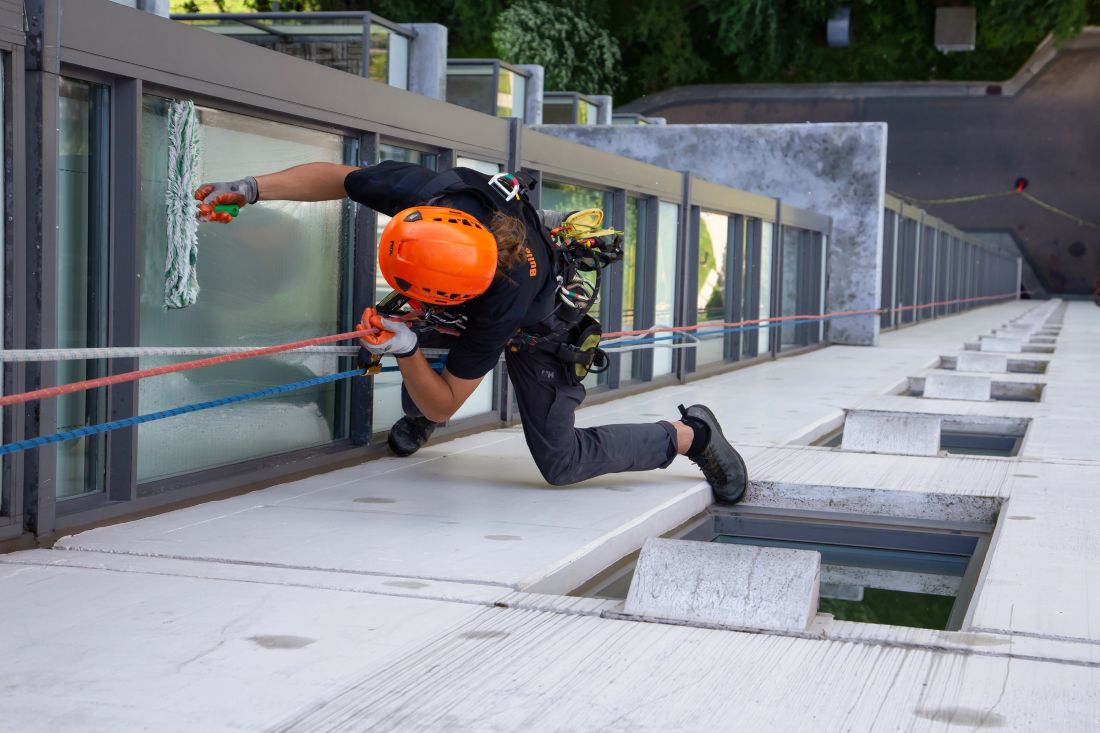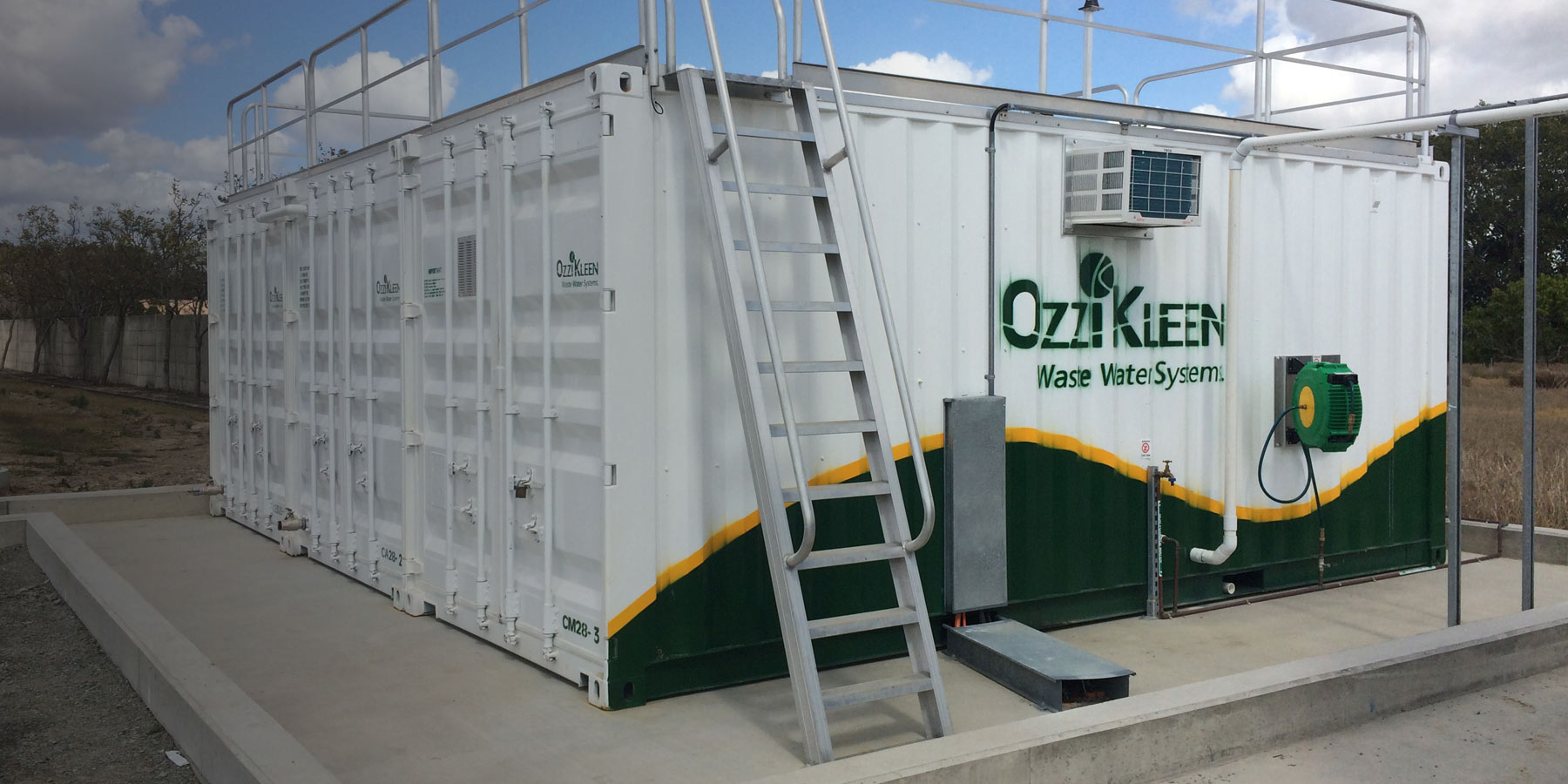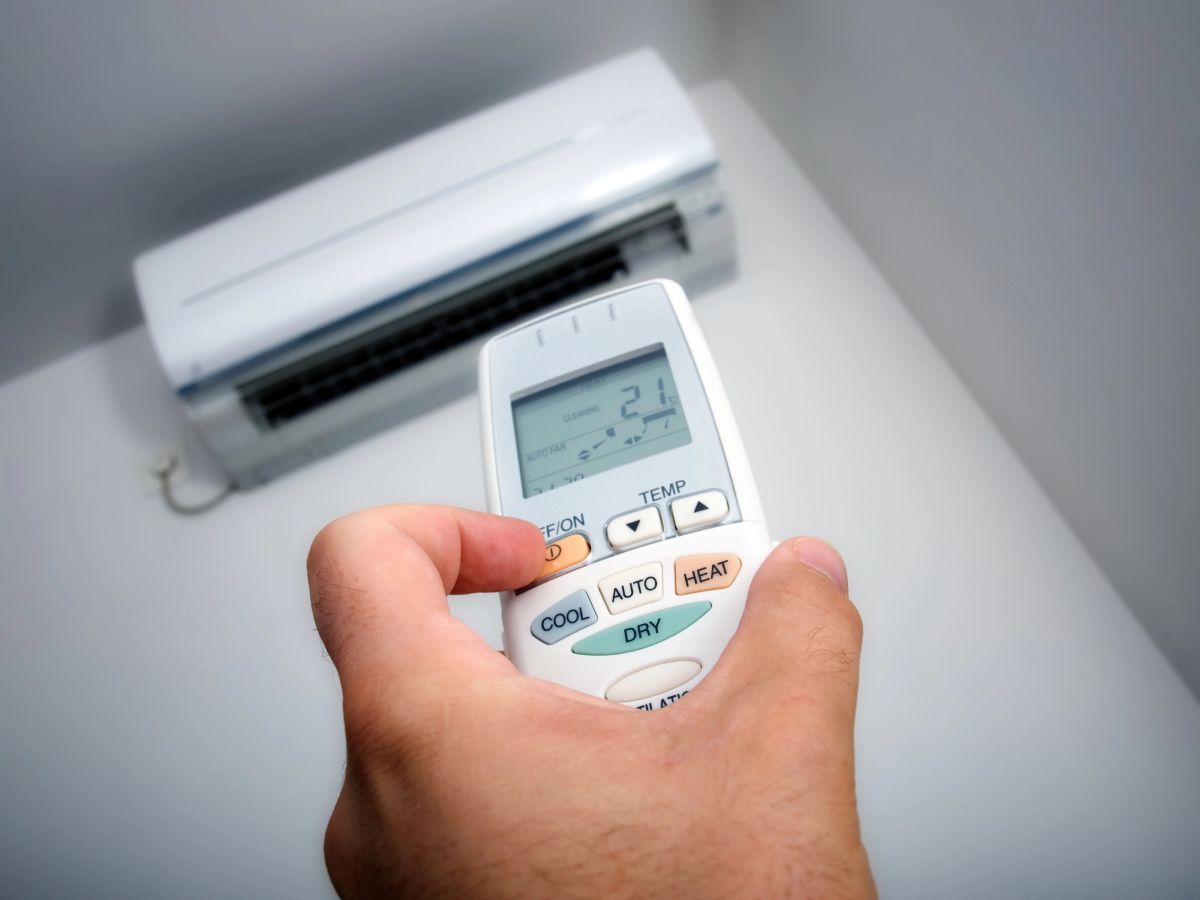High-rise maintenance in Auckland often demands more versatility than traditional access methods can offer. The city’s skyline includes narrow CBD buildings, exposed waterfront towers and older commercial blocks with complex façades.
Each structure presents challenges that make heavy machinery or scaffolding difficult to position. Rope access has become a reliable solution because it adapts to these conditions without slowing down the work or disrupting the people inside the building.
Many facilities teams and property managers now rely on rope access for the control it provides at height. The method keeps the footprint small, the noise low and the workflow steady.
When the job involves sensitive surfaces or tight working zones, rope access gives technicians the ability to operate with precision while keeping risk tightly managed. The following sections outline why it is proving to be the stronger long-term approach for Auckland’s commercial buildings.
TL;DR
- Rope Access Auckland offers fast, reliable and low-disruption access for commercial high-rise maintenance
- Set-up is significantly quicker than scaffolding or Elevated Work Platforms (EWPs)
- Works well on tight CBD sites and challenging façades
- Ideal for cleaning, repairs, leak detection and façade detailing
- Often reduces total maintenance costs over the building lifecycle
Why Rope Access Has Become the Smarter Choice for High-Rise Work in Auckland
The shift away from traditional access methods
Scaffolding and EWPs have long been standard practice, yet both can complicate jobs that do not require full ground support. Scaffolding covers windows, narrows footpaths and creates heavier labour requirements before tools even reach the façade. EWPs can struggle in confined loading zones and require certified operators, traffic management and space that many Auckland sites do not have.
Rope access bypasses these constraints with a leaner set-up, allowing technicians to reach the workface quickly and move across surfaces with full control.
Another factor driving this shift is the reduced strain on building occupants. Commercial tenants expect minimal interference with their daily operations. Rope access provides that stability. With no large structures bolted to the façade and no machinery stationed below, businesses continue functioning without the disruption that often comes with conventional access systems.
Auckland’s building environment demands adaptability
Auckland’s commercial buildings vary widely in design. Many modern towers include recessed glass, angled curtain walls and architectural features that limit the reach of machinery. Older properties have narrow maintenance ledges, ageing anchors and irregular façade lines.
Rope access accommodates all of these situations because technicians position themselves directly in the required location without relying on heavy equipment to do the work.
The city’s weather also shapes access decisions. Strong winds funnel between high-rise structures, and salt-heavy air corrodes exposed surfaces. Rope systems allow technicians to make small adjustments to manage these conditions safely. This adaptability has made rope access an asset for ongoing maintenance schedules and reactive repairs across the region.
How Rope Access Solves High-Rise Maintenance Challenges
Faster set-up and minimal downtime
Fast set-up is one of the most consistent gains for Rope Access Auckland projects. Technicians rig ropes, anchors and safety lines within a short period, creating a controlled working system without the lengthy preparation associated with scaffolding or machinery placement.
Buildings operating in high-traffic areas benefit from this speed because entryways remain open and footpaths remain clear. This keeps disruption low and reduces the operational impact on tenants and visitors.
A shorter set-up also improves job flow. Maintenance tasks such as seal repairs, glass cleaning or minor façade works do not require days of preparation. Technicians spend more time performing the required service and less time establishing access, which supports both cost control and timely completion.
Less impact on tenants, businesses and public spaces
Rope access keeps the building experience as normal as possible for those inside. With no scaffold frames rising past windows, tenants maintain natural light and an open view of the surroundings. Retail operators avoid the visual obstruction that scaffolding often creates, which can affect foot traffic and customer perception.
Public spaces remain accessible because rope access does not rely on large plant equipment or fenced-off zones.
This smaller footprint also helps during busy event periods or peak commuter times. The building exterior stays clean and free from bulky structures, which is a significant advantage for owners wanting to preserve aesthetics and reduce operational barriers.
Safe, controlled placement on complex façades
Technicians using rope access position themselves with precise movements that machinery cannot always match. This is particularly valuable on façades with curved panels, deep recesses, sharp angles or heritage detailing.
A rope technician can approach the surface gently, maintain balanced contact and adjust position subtly while performing the task. That level of control supports both safety and workmanship, especially when working on cladding materials sensitive to weight or vibration.
What Skilled Rope Access Teams Bring to the Job
IRATA training and strict safety protocols
IRATA certification remains the global benchmark for rope access. Technicians trained under this system follow structured supervision, clear task planning and rigorous equipment checks. These processes reduce the risk of uncontrolled movement and ensure each anchor point is correctly assessed before any load is applied.
For building owners, this provides assurance that technicians understand advanced climbing techniques, load distributions and rescue procedures.
Rescue readiness and situational awareness
Safety at height depends on a technician’s ability to assess conditions constantly. Rope access teams begin each job with a documented rescue plan that outlines actions for unexpected events.
During the work itself, technicians monitor rope angles, wind behaviour, surface integrity and anchor performance. This mindset keeps the work controlled even when the environment presents challenges. Situational awareness, combined with professional training, helps maintain stability throughout the job.
Precision in inspections and maintenance tasks
Rope access allows technicians to examine façades closely and respond directly to any issues they identify. This improves the accuracy of seal checks, joint inspections, surface cleaning and structural observations.
Many problems that would be difficult to spot from a lift or from the ground become clear at close range. That precision supports better reporting and helps building managers plan future maintenance with confidence.
Where Rope Access Outperforms Scaffolding and EWPs
Cost efficiencies across labour, equipment and set-up time
Scaffolding requires multiple labour hours for erection and removal, while EWPs involve transport costs, operators and fuel. These inputs can exceed the value of the actual maintenance work. Rope access streamlines labour requirements, reduces equipment dependency and keeps the focus on the task itself.
For many Auckland commercial properties, the cost savings across repeated maintenance cycles become significant.
Access to hard-to-reach areas
Certain façades simply cannot be serviced by machinery. Narrow alleyway clearances, deep-set windows and architectural projections restrict mechanical access. Rope access provides a practical alternative because technicians can enter confined spaces and traverse complex surfaces without exposing the building to the weight or reach limitations of equipment.
Reduced exposure to mechanical risks
Mechanical lifts introduce points of failure such as hydraulics, motors and stability controls. Rope systems rely on redundancy, manual checks and proven anchor techniques. With two-line systems and continuous monitoring, the technician remains in direct control of their position. This reduces the chance of sudden mechanical issues interrupting the job.
Common Rope Access Applications Across Auckland
Façade cleaning and maintenance
Auckland’s climate leads to fast build-up of dirt, salt and grime on commercial façades. Rope access teams clean glass, cladding and structural elements without obstructing views or blocking entryways. This is particularly valuable for buildings near the waterfront where environmental exposure is high.
Leak detection and repairs
Water ingress can cause significant damage in multi-storey properties, and locating the source often requires external access to precise sections of the façade. Rope access enables this immediate close-range inspection.
Many Auckland property managers rely on specialist crews for rapid exterior issues, and the same response mindset is outlined in this article on how emergency tradies support local property managers.
Painting, sealing and surface treatments
Rope access supports accurate application of protective coatings, sealants and paint systems on high-rise surfaces. This keeps building envelopes resilient in Auckland’s weather conditions and extends the lifespan of exterior materials.
What to Expect When Hiring a Rope Access Team
The planning and risk assessment process
A Rope Access Auckland project begins with a structured review of the site. Technicians assess anchor locations, surface conditions and environmental risks. A job safety analysis guides the task plan, while a dedicated rescue strategy forms a core part of the preparation. This planning phase creates clarity and sets expectations for safe execution.
Transparent communication
Throughout the job, rope access teams keep building managers informed through progress notes, photos and identified concerns. This transparency helps owners make decisions about additional repairs or future maintenance requirements while the technicians remain on site.
Clean, efficient wrap-up
After the task is complete, ropes and equipment are removed with minimal impact on the building. The façade returns to its usual state without temporary structures or leftover materials. A post-job summary records findings and outlines any recommended follow-up actions.
Why Rope Access Is the Better Long-Term Strategy for Auckland Buildings
Lower lifecycle maintenance costs
Shorter set-up periods, reduced labour requirements and minimal interference with commercial operations contribute to lower long-term maintenance costs. Rope access focuses spending on the actual work rather than the structures needed to reach it.
Consistent performance across varied building types
Auckland’s high-rise stock includes both modern glass towers and ageing concrete blocks. Rope access adapts to each style, supporting everything from quick fixes to scheduled multi-stage maintenance programmes. This consistency builds efficiency across the building portfolio.
Suitable for one-off fixes and scheduled maintenance
Rope access scales easily. Technicians can handle urgent repairs after storms or complete structured annual cleaning and inspection cycles. This flexibility makes it an ideal choice for facilities teams managing large commercial portfolios.
Final Thoughts: Choosing a Better Access Method for Auckland
Rope Access Auckland provides a controlled, efficient and adaptable method for maintaining commercial buildings at height. It suits the constraints of the city’s CBD, handles the challenges of the waterfront and supports precise work on modern or ageing façades.
For property managers wanting reliable results with minimal disruption, rope access continues to prove itself as a long-term solution that keeps buildings in strong condition without unnecessary complications.


